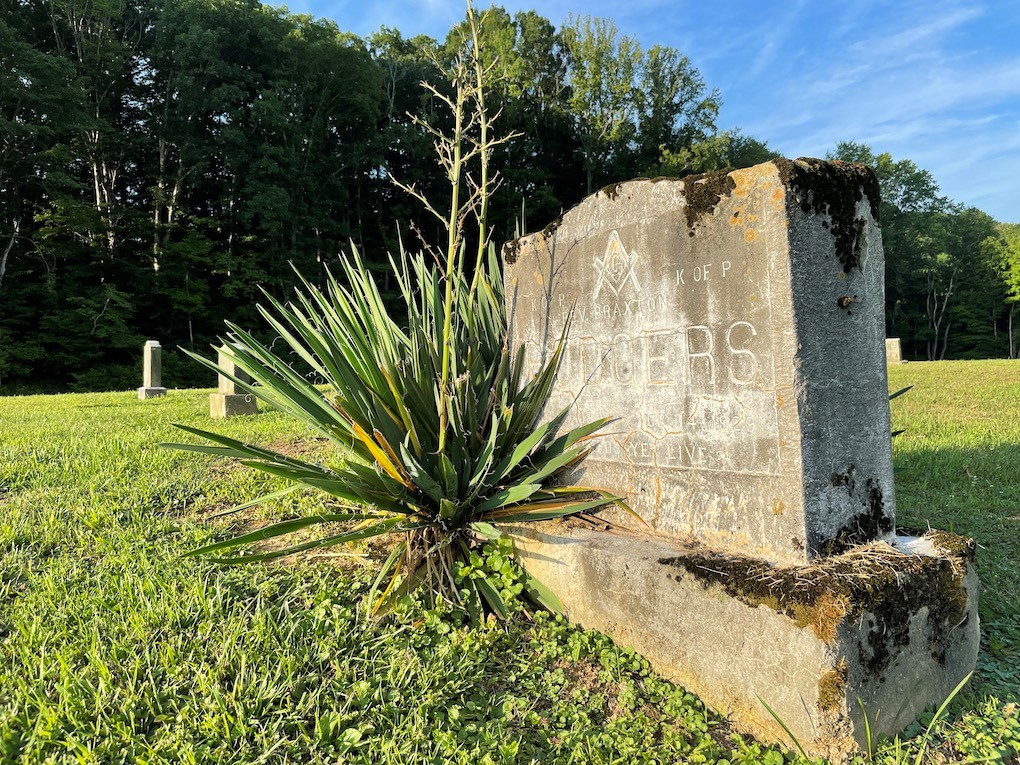This week, we visit a cemetery in Bluefield, Virginia and learn how racial segregation followed some people to the grave.
We also hear from Neema Avashia, author of the celebrated memoir, “Another Appalachia: Coming Up Queer And Indian In A Mountain Place.”
And we remember Hershel “Woody” Williams. The West Virginia native was America’s last living World War II Medal of Honor winner. He died last summer at the age of 98.
You’ll hear these stories and more this week, Inside Appalachia.
In This Episode:
- Repairing A Segregated Cemetery
- Growing Up Queer And Indian In Appalachia
- Remembering Woody Williams
Repairing A Segregated Cemetery
For decades, the graves of Black residents in a Virginia community were neglected in the town’s old, segregated cemetery.
It might have stayed that way if not for the efforts of one woman who had family buried there.
Folkways Reporter Connie Bailey Kitts brought us this story.
Credit: Connie Bailey Kitts/West Virginia Public Broadcasting
Courtesy Photo
Coming Up Queer And Indian In Appalachia
Recently, Inside Appalachia put together a list of summer reading suggestions. We interviewed several prominent Appalachian authors, but we couldn’t fit them all into one show – including Neema Avashia.
Her collection of personal essays, “Another Appalachia: Coming Up Queer and Indian in a Mountain Place,” about growing up in West Virginia, was a well-received memoir.
Mason Adams spoke with Avashia.
Remembering Woody Williams
Hershel “Woody” Williams was the nation’s last surviving World War II Medal of Honor recipient.
He was a West Virginia native and died June 29, 2022 at the age of 98.
Before he passed, though, he did an interview with WVPB’s Trey Kay for the podcast Us & Them.
Credit: e-wv, The West Virginia Encyclopedia
——
Our theme music is by Matt Jackfert. Other music this week was provided by Chris Knight, Chris Stapleton, Harvey & Copeland, June Carter Cash, and Little Sparrow.
Bill Lynch is our producer. Zander Aloi is our associate producer. Our executive producer is Eric Douglas. Kelley Libby is our editor. Our audio mixer is Patrick Stephens.
You can send us an email: InsideAppalachia@wvpublic.org.
You can find us on Instagram, Threads (new!) and Twitter @InAppalachia. Or here on Facebook.
Sign-up for the Inside Appalachia Newsletter!
Inside Appalachia is a production of West Virginia Public Broadcasting.
